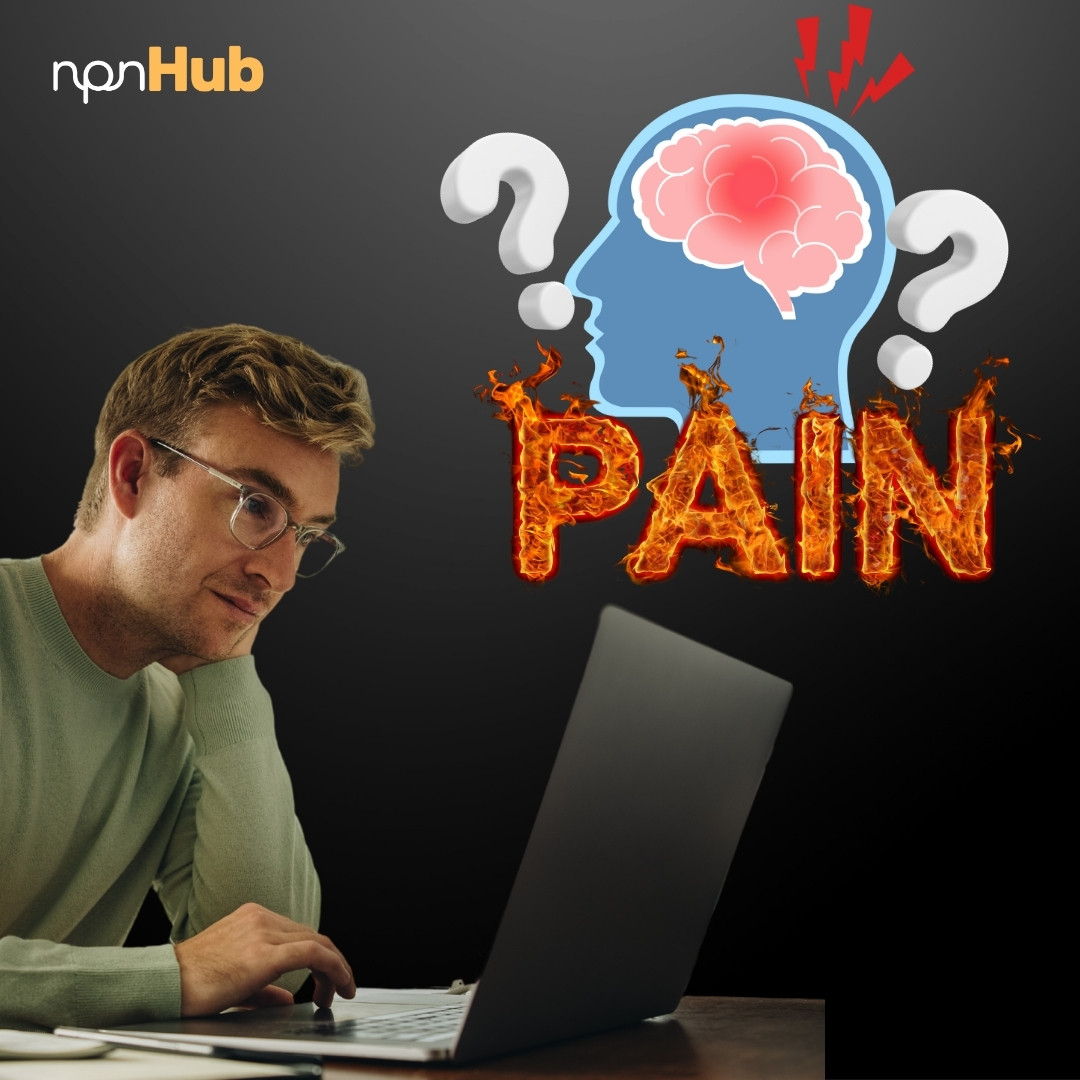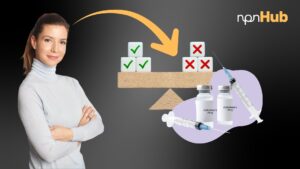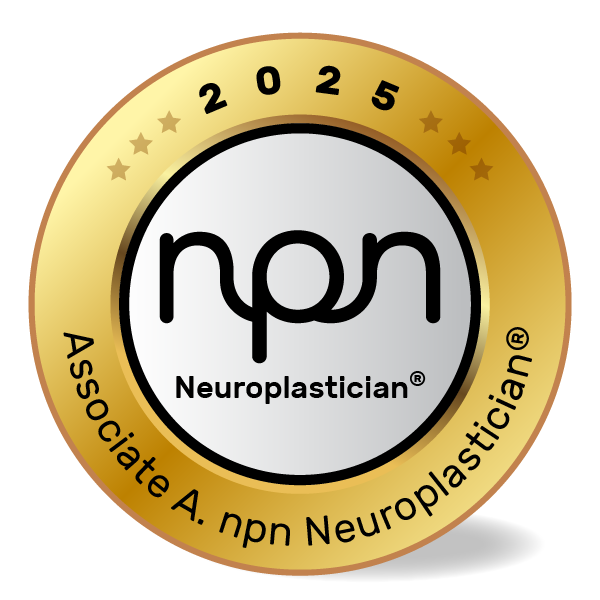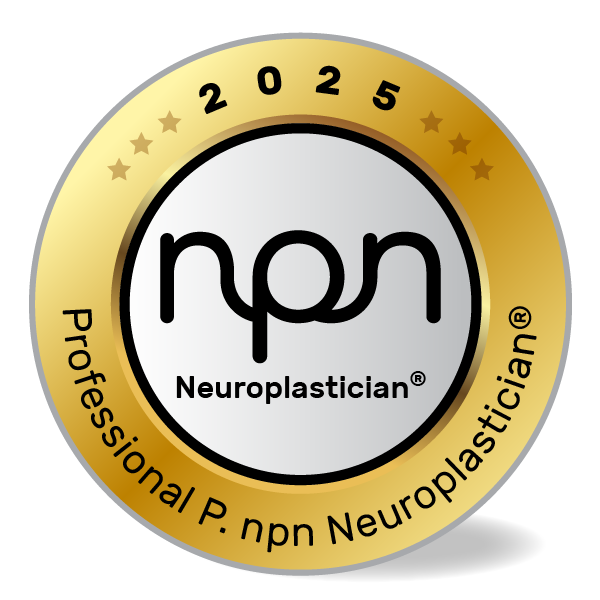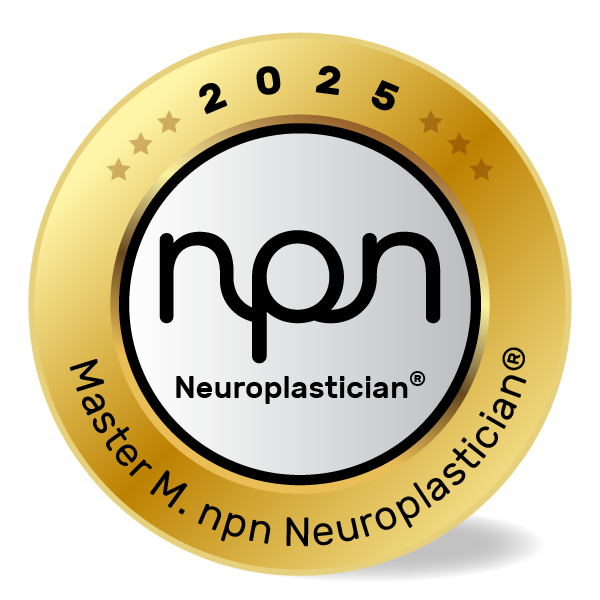Understanding How the Brain Processes Pain and What It Means for Healing
Curated by an npnHub editorial member
Key Points
- Pain is not just a physical sensation but a complex brain experience influenced by multiple systems.
- The brain’s pain processing involves sensory, emotional, and cognitive brain regions interacting dynamically.
- Neuroplasticity means pain pathways can be rewired, offering hope for chronic pain sufferers.
- Neuroscience practitioners can leverage pain science to tailor more effective interventions.
- Understanding misconceptions about pain helps practitioners improve patient outcomes.
1. What is Pain Neuroscience?
Imagine a neuroscience coach working with a client suffering chronic back pain. The client says, “My pain is unbearable, even though my MRI shows nothing wrong.” The coach listens carefully and explains that pain isn’t just about tissue damage but how the brain interprets signals. This helps the client feel understood and opens the door for new approaches.
This story is illustrative, not a scientific case, but highlights a common clinical challenge.
Pain neuroscience studies how the brain and nervous system generate the experience of pain. Unlike a simple reflex, pain involves the brain’s interpretation of sensory signals, emotional context, and prior experiences. It’s an active process, not just a passive response to injury.
The work of Dr. Lorimer Moseley and Prof. David Butler, pioneers in pain neuroscience education, has shown that teaching patients how pain works can reduce fear and improve recovery (Moseley & Butler, 2015). Research at Stanford University and NIH confirms pain involves complex brain networks rather than a single “pain center” (Source).
2. The Neuroscience of Pain
A pain neuroscientist working with a patient with fibromyalgia notices how the patient’s pain perception fluctuates with stress and mood. The scientist explains that pain is processed not just in the sensory cortex but also in brain regions that regulate emotion and attention.
This story is a conceptual example, not a research report.
The brain processes pain through a network including the somatosensory cortex (detects pain location and intensity), the anterior cingulate cortex (involved in emotional response), and the prefrontal cortex (modulates pain perception). Neurotransmitters like glutamate, substance P, and endorphins modulate these pathways.
Functional MRI studies show chronic pain alters connectivity patterns, increasing sensitivity and pain perception, a process called central sensitization (Source). The brain’s limbic system integrates emotional and cognitive dimensions of pain, explaining why pain is often worse with anxiety or depression.
The main brain areas involved include the somatosensory cortex, insula, anterior cingulate cortex, thalamus, and prefrontal cortex – working together to create the experience of pain.
3. What Neuroscience Practitioners, Neuroplasticians, and Well-being Professionals Should Know About Pain Neuroscience
During a clinical workshop, a practitioner shares that one client’s pain improved dramatically after understanding that pain is an output of the brain, not a direct measure of damage. Another client, however, struggled because their pain was tied closely to emotional trauma.
This is an illustrative story, not a clinical study.
Practitioners should know that pain is multifaceted – biological, psychological, and social factors all influence it. Common myths include:
- Myth: Pain always means damage.
- Fact: Pain can persist without ongoing tissue damage due to brain sensitization.
- Myth: Pain is purely physical, so emotional states don’t affect it.
- Fact: Emotional and cognitive factors profoundly modulate pain perception.
- Myth: Chronic pain means the injury never healed.
- Fact: Neuroplastic changes can maintain pain even after healing.
Common practitioner questions include:
- How can I explain pain neuroscience without overwhelming clients?
- What are the best interventions to reduce central sensitization?
- How do I integrate psychological and physical therapies for chronic pain?
Leading researchers like Dr. Sean Mackey at Stanford emphasize the biopsychosocial model of pain, advocating multidisciplinary approaches that address brain plasticity and emotional health (Mackey et al., 2017).
4. How Pain Neuroscience Affects Neuroplasticity
Pain neuroscience reveals that repeated pain signals reshape neural pathways, strengthening circuits that amplify pain – a process known as maladaptive neuroplasticity. Chronic pain changes brain structure and function, especially in regions involved in pain processing and emotional regulation.
For example, in chronic low back pain, gray matter reductions occur in the prefrontal cortex and thalamus, altering pain modulation (Apkarian et al., 2004). However, neuroplasticity also offers hope: the brain can be “retrained” to reduce pain sensitivity through targeted interventions like graded exposure and cognitive-behavioral therapy.
Research by Dr. Vania Apkarian shows that neuroplasticity in pain pathways means both the development and the reversal of chronic pain are possible, dependent on experience and treatment (Apkarian et al., 2011).
5. Neuroscience-Backed Interventions to Improve Pain Management
Understanding pain neuroscience empowers practitioners to design targeted, brain-based interventions. Chronic pain is a major challenge due to central sensitization and fear-avoidance behaviors.
For example, a neuroplasticity coach works with a client who avoids movement fearing pain flare-ups. Through education and graded movement, the client reduces pain catastrophizing and regains function.
1. Pain Neuroscience Education (PNE)
Concept: Educating patients about pain reduces fear and changes brain activity related to pain (Moseley & Butler, 2015).
Example: A practitioner explains pain pathways simply, helping a client reframe pain as a brain output, not tissue damage.
Intervention:
- Use metaphors and visuals to explain pain mechanisms.
- Address misconceptions and fears.
- Reinforce education during therapy sessions.
2. Graded Motor Imagery
Concept: Gradual exposure to movement imagery retrains pain pathways and reduces central sensitization (Moseley, 2006).
Example: A client imagines hand movements before progressing to actual movement, reducing pain and fear.
Intervention:
- Start with left/right discrimination tasks.
- Progress to imagined movements.
- Gradually reintroduce physical movement.
3. Mindfulness-Based Stress Reduction (MBSR)
Concept: Mindfulness alters brain areas related to pain processing and emotional regulation (Zeidan et al., 2011).
Example: A wellbeing coach guides a client through mindfulness to reduce pain-related anxiety and improve tolerance.
Intervention:
- Teach mindfulness meditation practices.
- Encourage daily short mindfulness sessions.
- Integrate with physical therapies.
4. Cognitive-Behavioral Therapy (CBT)
Concept: CBT reshapes maladaptive thoughts and behaviors affecting pain perception (Ehde et al., 2014).
Example: A therapist helps a client challenge pain catastrophizing and develop coping strategies.
Intervention:
- Identify negative thought patterns.
- Use behavioral activation and goal setting.
- Teach relaxation techniques.
6. Key Takeaways
Pain neuroscience reveals pain as a complex brain experience shaped by biology, emotion, and cognition – not simply tissue damage. Understanding this allows neuroscience practitioners to better support clients through education, graded exposure, mindfulness, and cognitive therapy. Neuroplasticity means pain pathways can be rewired, providing hope for lasting relief. Embracing this knowledge empowers practitioners to transform suffering into healing.
- Pain is a multidimensional brain experience, not just a signal of injury.
- Brain areas like the somatosensory cortex, anterior cingulate, and prefrontal cortex interact in pain processing.
- Neuroplasticity enables both the development and reversal of chronic pain.
- Education and behavioral interventions reduce pain fear and improve outcomes.
With science-based strategies, pain need not be a life sentence.
7. References
- Moseley, G. L., & Butler, D. S. (2015). Explain Pain. Noigroup Publications.(Source)
- Tracey, I., & Bushnell, M. C. (2009). How neuroimaging studies have challenged us to rethink: is chronic pain a disease? The Journal of Pain, 10(11), 111-118.https://pubmed.ncbi.nlm.nih.gov/19878862/
- Baliki, M. N., et al. (2012). Chronic pain and the emotional brain: specific brain activity associated with spontaneous fluctuations of intensity of chronic back pain. The Journal of Neuroscience, 26(47), 12165-12173.https://pubmed.ncbi.nlm.nih.gov/17122041/
- Apkarian, A. V., et al. (2004). Chronic pain patients are impaired on an emotional decision-making task. Pain, 108(1-2), 129-136.https://pubmed.ncbi.nlm.nih.gov/15109516/
- Apkarian, A. V., et al. (2011). Human brain mechanisms of pain perception and regulation in health and disease. European Journal of Pain, 15(4), 299-306.https://pubmed.ncbi.nlm.nih.gov/15979027/
- Zeidan, F., et al. (2011). Brain mechanisms supporting the modulation of pain by mindfulness meditation. The Journal of Neuroscience, 31(14), 5540-5548.https://pubmed.ncbi.nlm.nih.gov/21471390/
- Ehde, D. M., Dillworth, T. M., & Turner, J. A. (2014). Cognitive-behavioral therapy for individuals with chronic pain: efficacy, innovations, and directions for research. American Psychologist, 69(2), 153-166.https://pubmed.ncbi.nlm.nih.gov/24547801/
- Moseley, G. L. (2006). Graded motor imagery is effective for long-standing complex regional pain syndrome: a randomized controlled trial. Pain, 123(3), 264-271.https://pubmed.ncbi.nlm.nih.gov/15109523/

